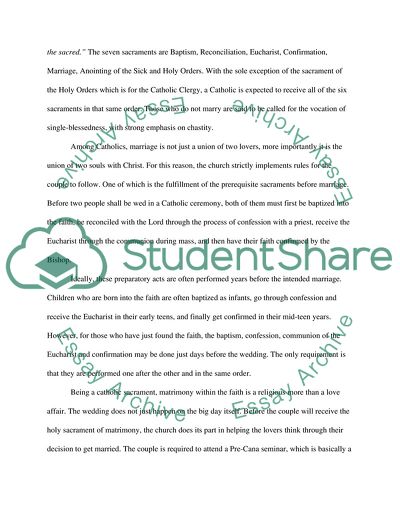Cite this document
(Matrimony: Shinto vs Catholic Ceremonies Report Example | Topics and Well Written Essays - 1750 words - 1, n.d.)
Matrimony: Shinto vs Catholic Ceremonies Report Example | Topics and Well Written Essays - 1750 words - 1. https://studentshare.org/religion-and-theology/1762321-similarities-and-differences-on-matrimony-between-the-religions-of-shinto-and-catholicism
Matrimony: Shinto vs Catholic Ceremonies Report Example | Topics and Well Written Essays - 1750 words - 1. https://studentshare.org/religion-and-theology/1762321-similarities-and-differences-on-matrimony-between-the-religions-of-shinto-and-catholicism
(Matrimony: Shinto Vs Catholic Ceremonies Report Example | Topics and Well Written Essays - 1750 Words - 1)
Matrimony: Shinto Vs Catholic Ceremonies Report Example | Topics and Well Written Essays - 1750 Words - 1. https://studentshare.org/religion-and-theology/1762321-similarities-and-differences-on-matrimony-between-the-religions-of-shinto-and-catholicism.
Matrimony: Shinto Vs Catholic Ceremonies Report Example | Topics and Well Written Essays - 1750 Words - 1. https://studentshare.org/religion-and-theology/1762321-similarities-and-differences-on-matrimony-between-the-religions-of-shinto-and-catholicism.
“Matrimony: Shinto Vs Catholic Ceremonies Report Example | Topics and Well Written Essays - 1750 Words - 1”. https://studentshare.org/religion-and-theology/1762321-similarities-and-differences-on-matrimony-between-the-religions-of-shinto-and-catholicism.


